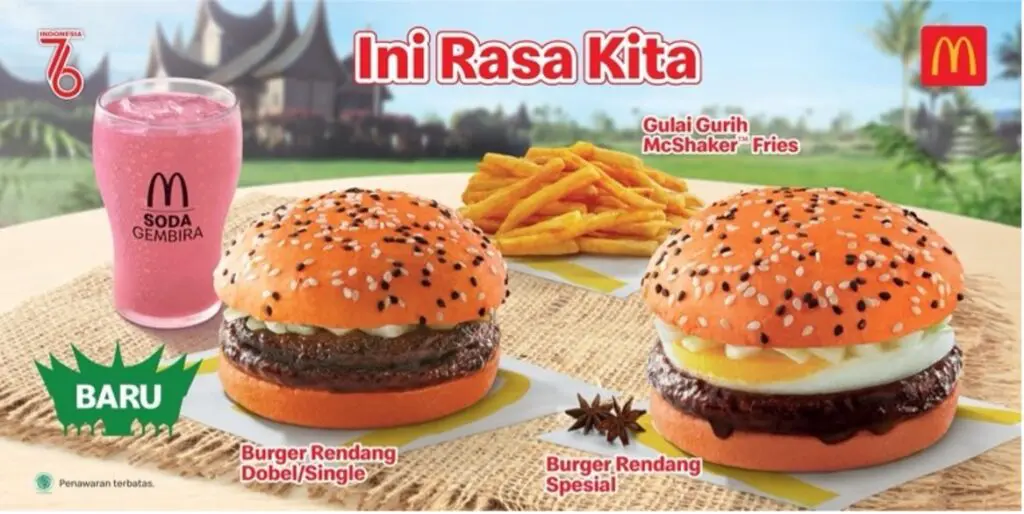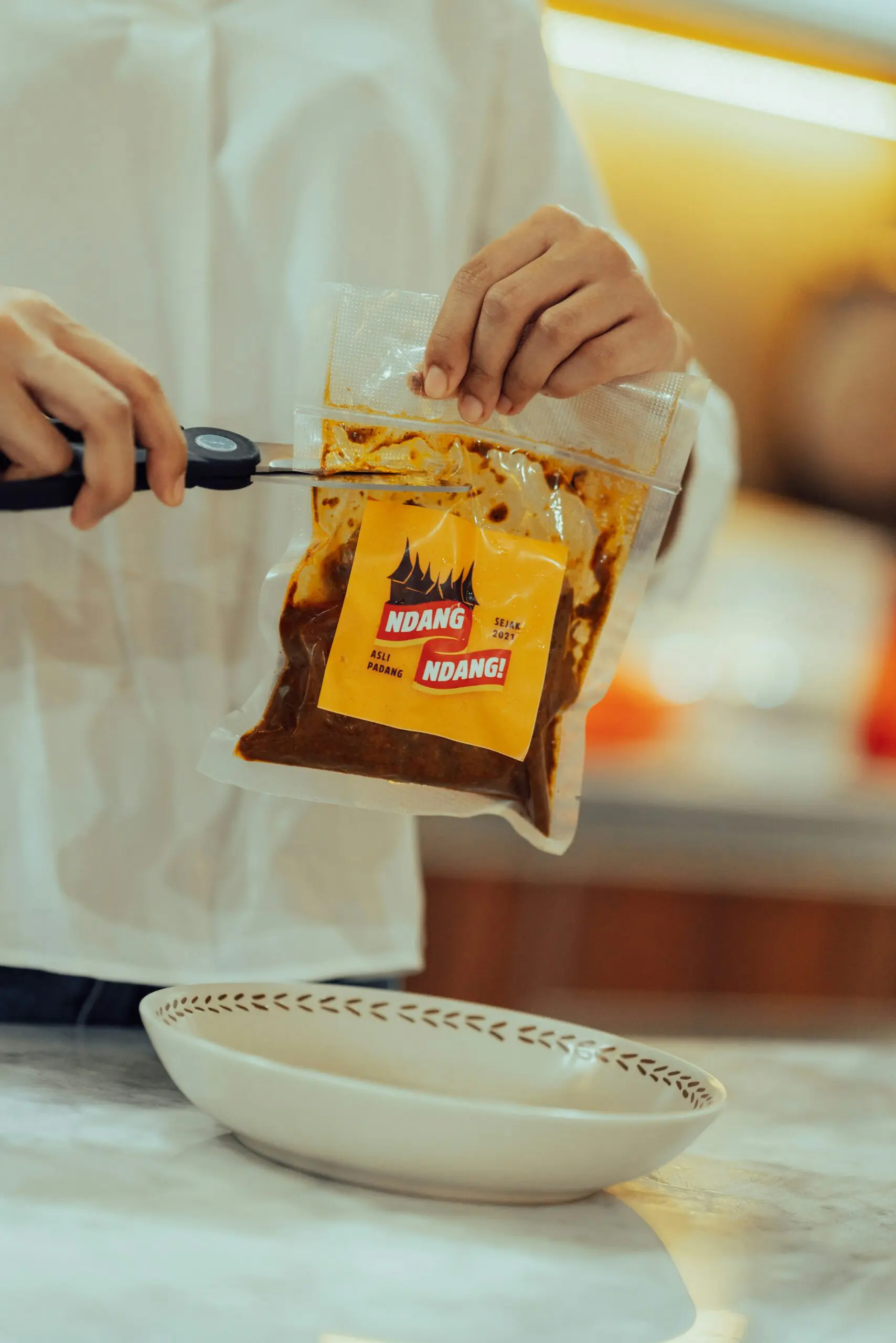Indonesia, particularly Jakarta, is as a burgeoning centre for international cuisines, featuring a diverse array of Japanese, Korean, Italian, Mexican, and other culinary influences. For marketers, understanding this dynamic culinary landscape is crucial as Indonesians’ enthusiastic embrace of new flavours, textures, and culinary styles underscores a significant consumer trend. What sets this market apart is the remarkable adaptation of foreign cuisines to align with local preferences. This process of customisation is not a recent phenomenon; rather, it reflects a longstanding tradition that has shaped Indonesian food culture. Exploring how foreign cuisines are tailored to suit Indonesian tastes offers invaluable insights for marketers seeking to navigate and capitalise on this vibrant culinary market.
Historical Context and Cultural Exchange
Indonesian cuisine diversity is a testament to centuries of cultural interactions. The Nusantara archipelago, prior to becoming modern-day Indonesia, engaged in extensive trade with various civilizations due to its strategic position along key maritime routes. This led to the exchange of not only spices like cloves, nutmeg, and mace, which were highly valued commodities but also culinary practices and ingredients. The influence of foreign settlers, traders, and colonisers from nations such as India, the Middle East, China, and Europe sparked a transformative blend in Indonesian food culture.
Influences and Integration
The assimilation of foreign culinary elements into Indonesian cuisine has occurred at different levels:
- Chinese Influence: The introduction of soy products like tofu and soy sauce, as well as stir-frying techniques, is now prevalent throughout Indonesia.
- Middle Eastern Influence: With the spread of Islam, Middle Eastern traders introduced a rich array of aromatic spices, especially in meat dishes, prominent in regions such as Sumatra and Aceh.
- Indian Influence: Ingredients like garlic, coconut milk, and turmeric were popularized by Indian traders, leading to the creation of curried meat dishes, especially in Sumatra.
- European Influence: The Dutch, in particular, brought elements such as chili, cane sugar, cheese, and the concept of rijsttafel (a variety of dishes served together).
Modern Adaptations and Trends
This ingrained cultural assimilation has paved the way for a contemporary openness to global influences. The advent of media and social networks has further exposed Indonesians to a vast array of foreign culinary vocabularies. Trends like the popularity of matcha, spicy flavours, and the generous use of cheese illustrate this phenomenon. These foreign elements are now commonplace in restaurants, street food stalls, and pre-packaged goods.


(Picture: McDonald’s official website)

(Picture: KFC’s official Instagram)
However, the introduction of international cuisines into Indonesia’s food scene doesn’t automatically result in their acceptance as staples of the national diet. This illustrates the complexity of culinary integration, where a willingness to explore new flavours must be tempered with a respect for enduring culinary traditions and the established flavour profiles that Indonesians hold dear.
Consequently, global brands aiming to gain a foothold in Indonesia often incorporate regional culinary delights into their product lines. This tactic positions these brands not as foreign entities but as extensions of Indonesian cuisine, fostering a connection with local consumers. One popular approach involves embracing Rendang, a beloved Sumatran dish, by infusing its signature spicy taste into menu items or using it as a key ingredient. The effectiveness of this strategy is amplified when paired with marketing campaigns that resonate with national pride, such as slogans like “Ini Rasa Kita – This is Our Taste” or product launches that coincide with national celebrations like Indonesia’s Independence Day.

(Picture: Starbucks Indonesia official Twitter)

(Picture: Indomie’s official Twitter)
McDonald’s added a few popular Indonesian breakfast items into its regular menu, showing a keen understanding of local tastes. Another strategy is to emphasise regional flavours to cater to diverse Indonesian preferences. A notable example is Indomie, the nation’s leading instant noodle brand, which bolstered consumer engagement by introducing a wide range of local taste variations under the banner of “Taste of Nusantara”. By adopting such approaches, brands strike a delicate balance between global consistency and local adaptation, acknowledging the rich diversity of consumer preferences. This strategic shift aims to deliver a more personalised and culturally relevant culinary experience, fostering deeper connections with the Indonesian market.
Indonesians’ openness to embracing new and different cuisines creates a receptive environment for brands aiming to broaden their market reach. The Indonesian culinary landscape blends traditional recipes, regional specialities, and influences from various external cultures. To thrive here brands must create authentic consumer connections. By offering a new sensory experience while still embracing Indonesia’s culinary diversity and heritage, brands can establish a strong presence and carve out a niche in this dynamic and rapidly evolving market.






